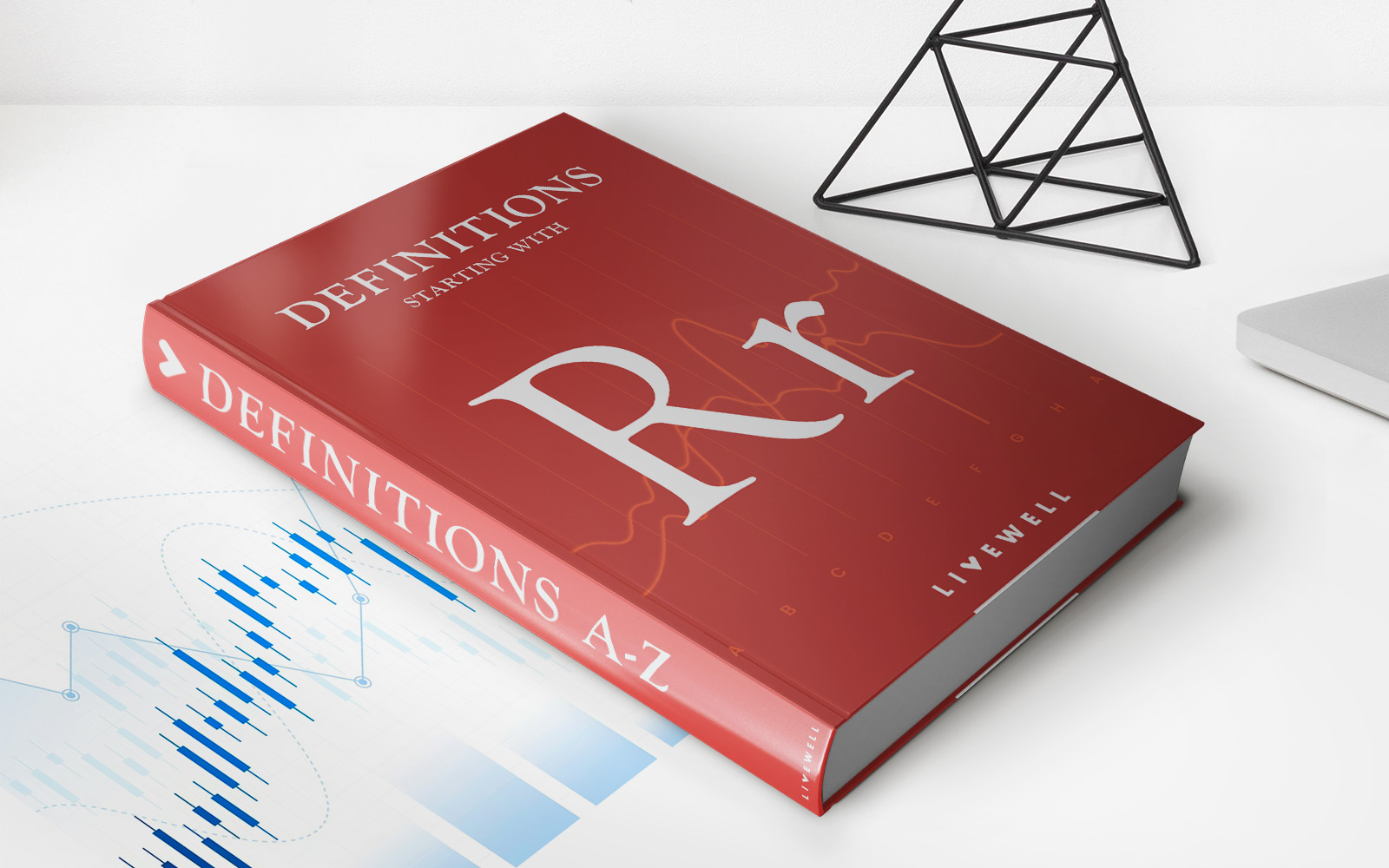

Finance
Continuing Claims Definition
Published: November 2, 2023
Learn the definition of continuing claims in finance and how it impacts the economy. Understand the importance of tracking this key indicator.
(Many of the links in this article redirect to a specific reviewed product. Your purchase of these products through affiliate links helps to generate commission for LiveWell, at no extra cost. Learn more)
Understanding Continuing Claims in Finance
What exactly are continuing claims? In the world of finance, it’s essential to have a clear understanding of various terms and concepts to make informed decisions. Continuing claims is one such concept that holds significant importance. In this blog post, we will delve into the definition of continuing claims and explore why it is a crucial metric to consider in the finance industry.
Key Takeaways:
- Continuing claims represent the number of individuals who remain unemployed and continue to receive unemployment benefits.
- It is an important metric that provides insights into the long-term unemployment trends and the overall health of the job market.
What are Continuing Claims?
Continuing claims, also known as insured unemployment, refers to the number of individuals who remain unemployed and continue to receive unemployment benefits. When someone initially files for unemployment benefits, they are considered an initial claim. However, if the individual’s unemployment persists, they become a part of the continuing claims category.
Continuing claims are reported weekly by government agencies and are used as a measure of the number of individuals who are actively seeking employment and still unable to find a job. It is an important metric that helps economists and policymakers gauge the state of the job market and the overall economy.
Why is Continuing Claims Important?
Continuing claims play a vital role in understanding the health of the job market and making informed financial decisions. Here’s why this metric holds significance:
- Long-term unemployment trends: Continuing claims provide valuable insights into the long-term unemployment trends. By tracking the number of individuals who continue to rely on unemployment benefits, economists can identify if people are struggling to find jobs and the duration of their unemployment. This data can influence economic policies and initiatives aimed at reducing unemployment rates.
- Impact on economic growth: The number of continuing claims can indicate the impact on consumer spending and overall economic growth. When a significant number of individuals are out of work for an extended period, it can reduce consumer spending power and lead to lower economic activity. Monitoring continuing claims helps policymakers gauge the need for stimulus measures or targeted interventions to support the economy.
Overall, staying informed about continuing claims can help individuals, businesses, and policymakers better understand the prevailing job market conditions and make strategic decisions based on this information.
In Conclusion
Continuing claims are a crucial metric that provides insights into the long-term unemployment trends and the overall health of the job market. By tracking the number of individuals who continue to receive unemployment benefits, economists and policymakers can make informed decisions about economic policies and initiatives. Understanding this concept allows individuals and businesses to have a better grasp on the state of the job market and make informed financial decisions.














